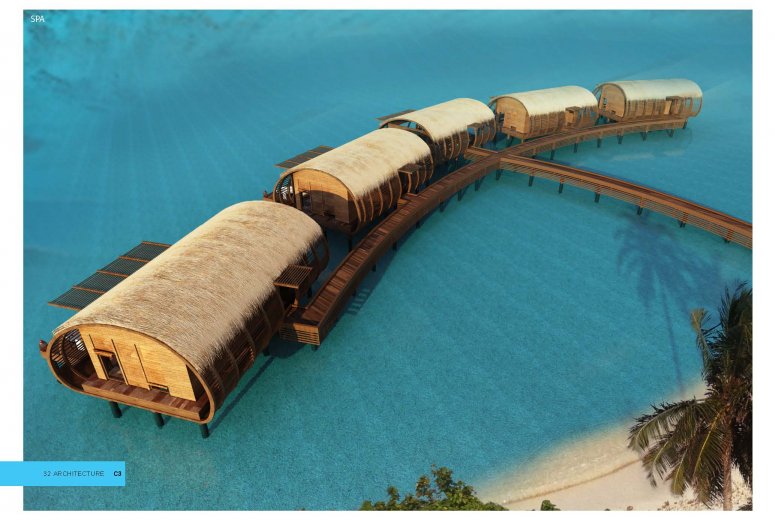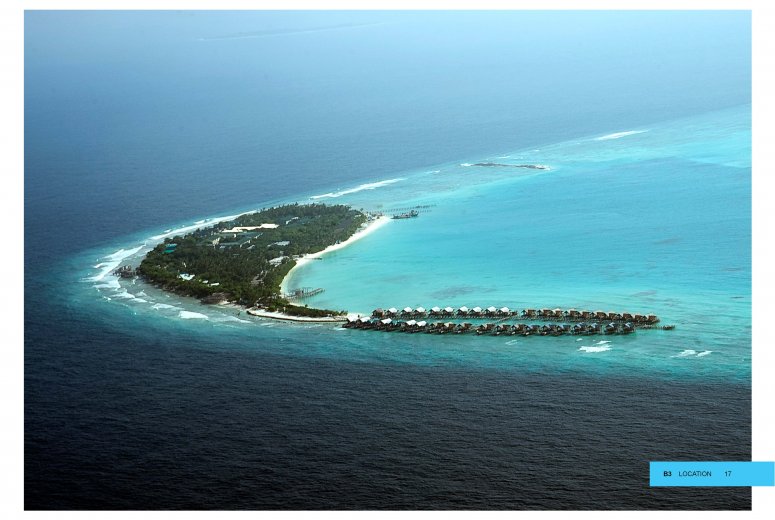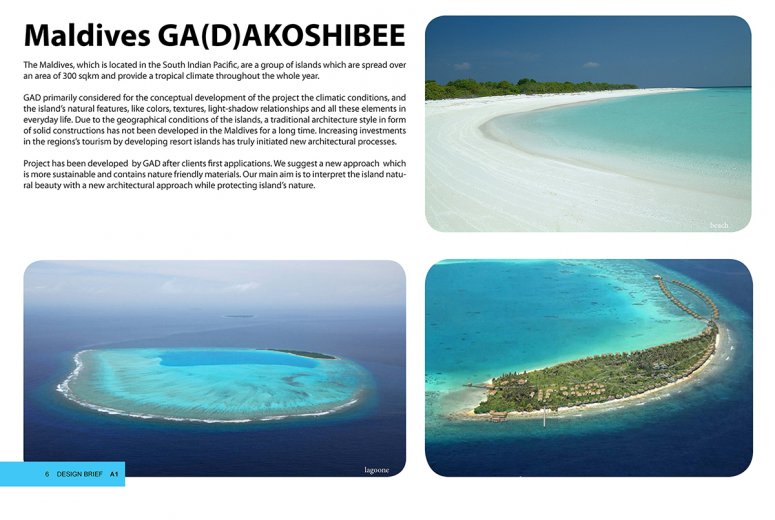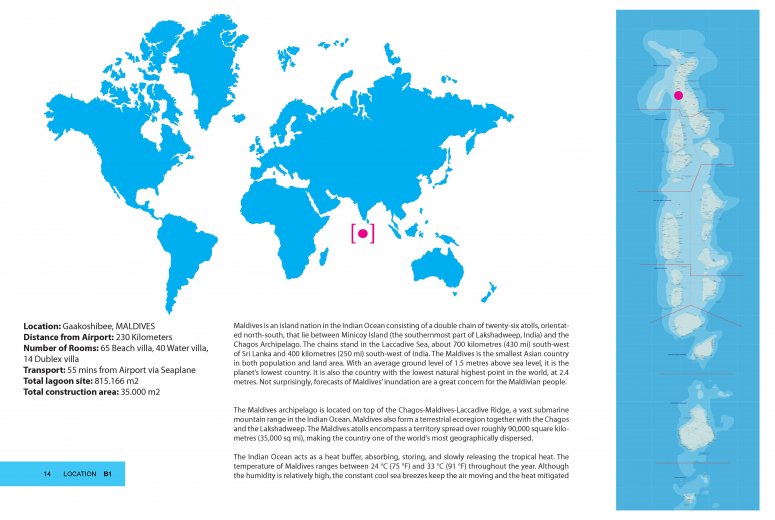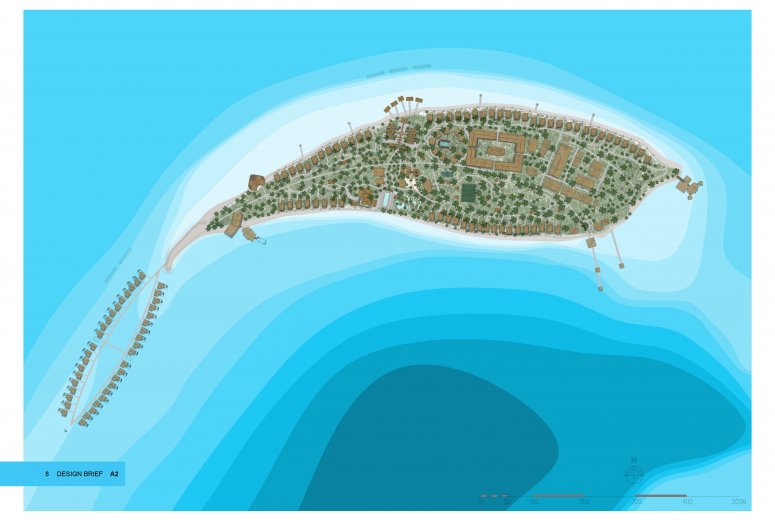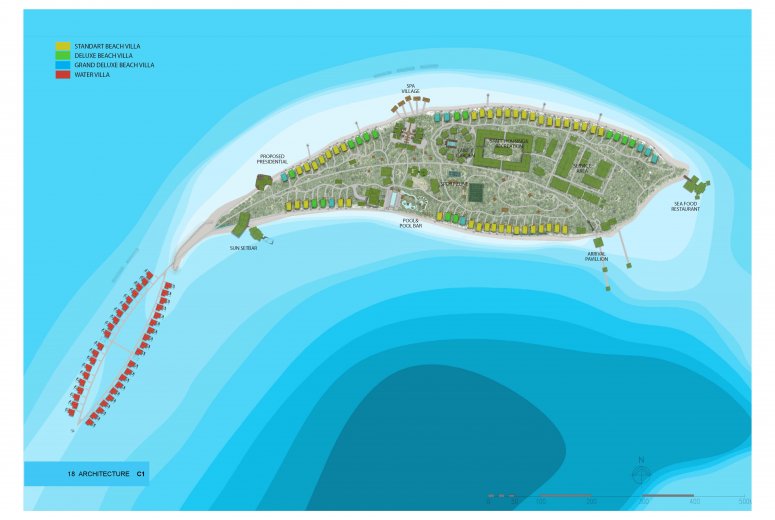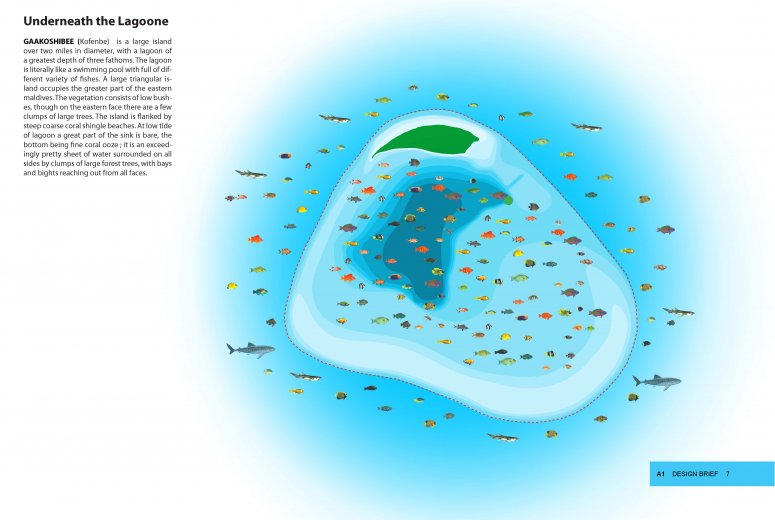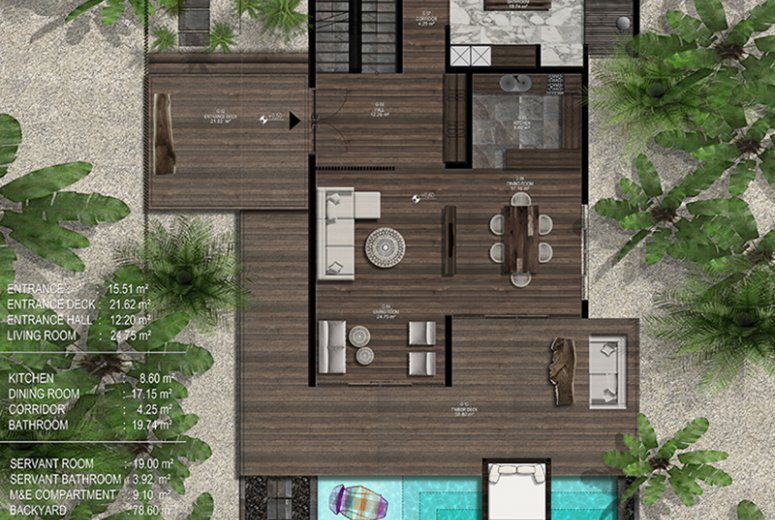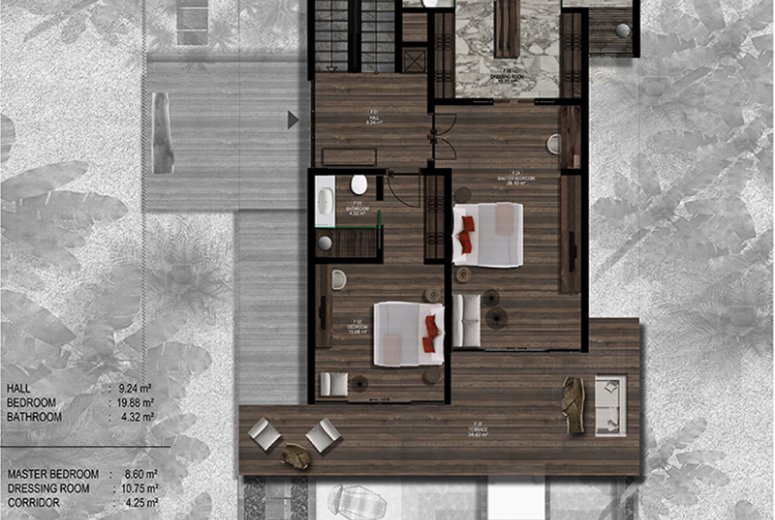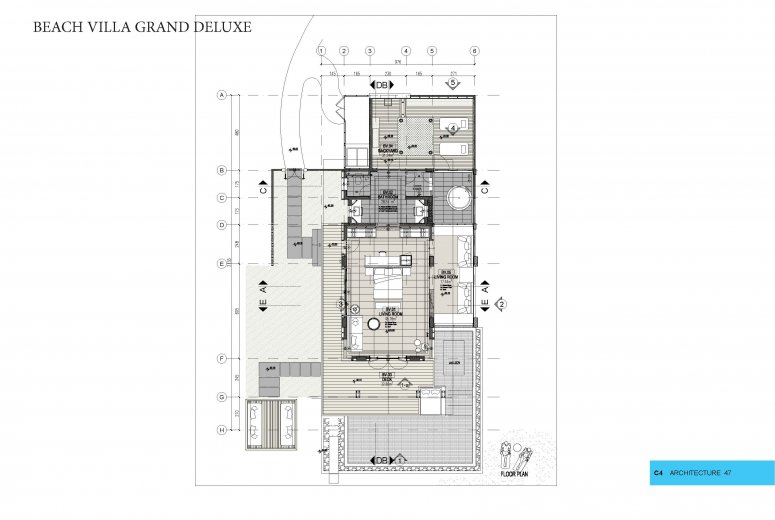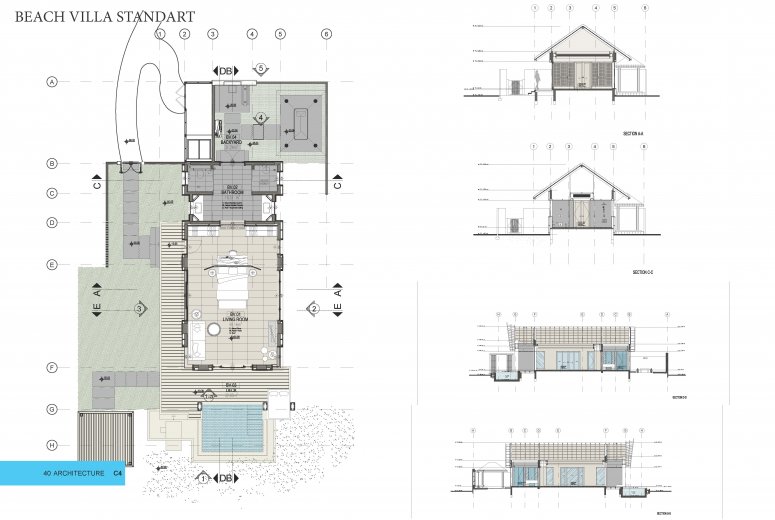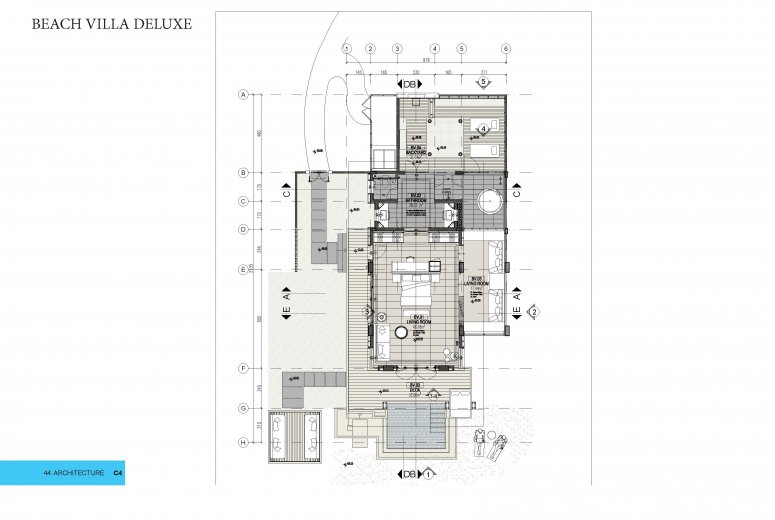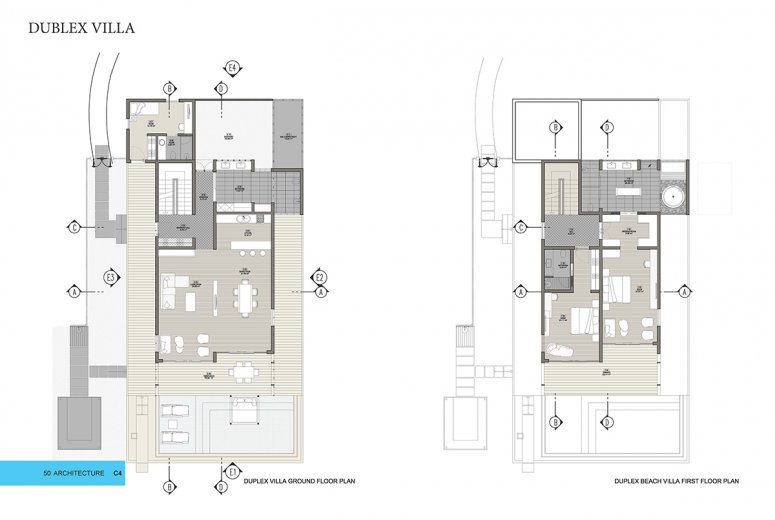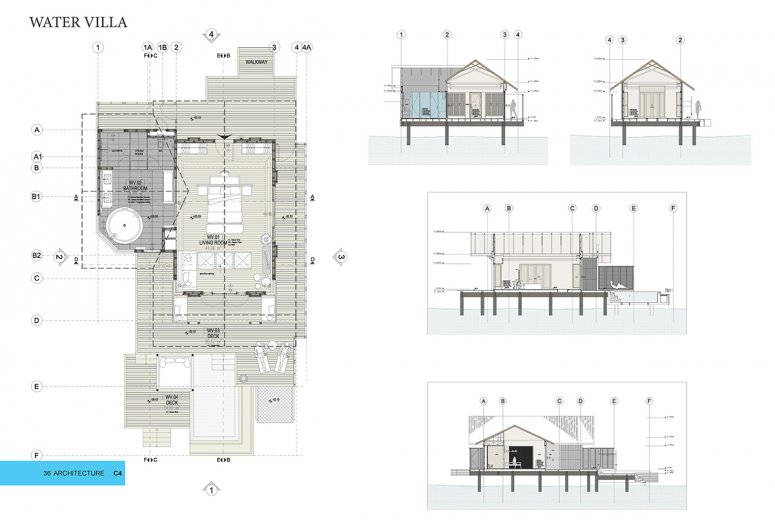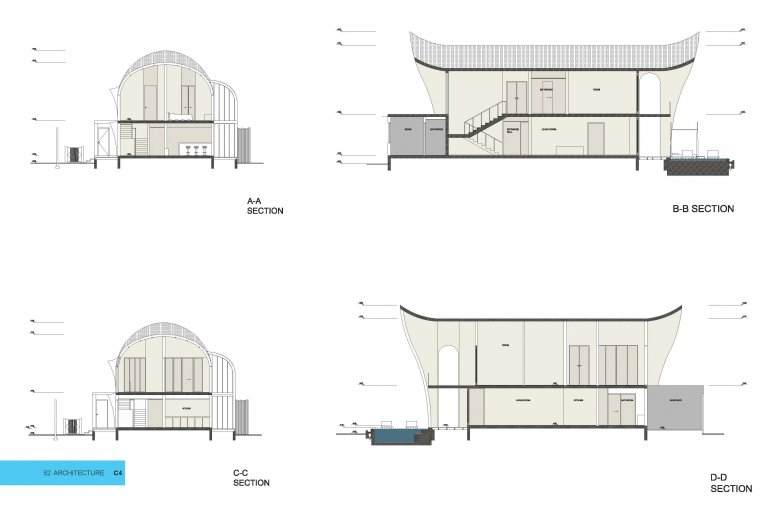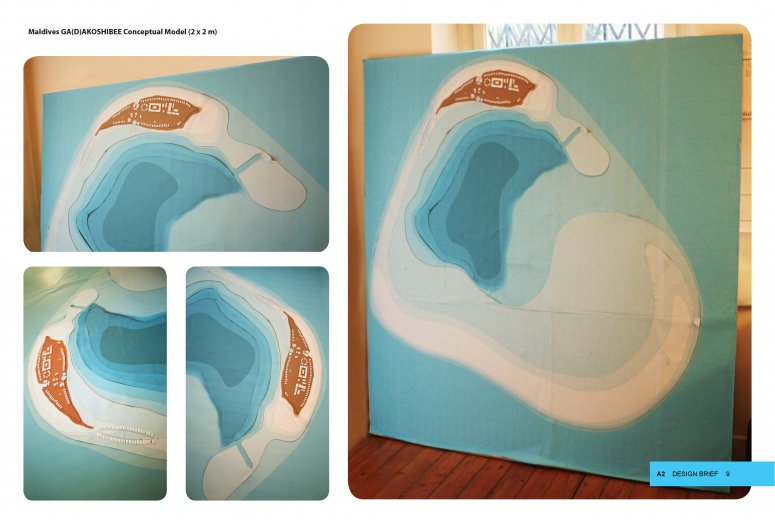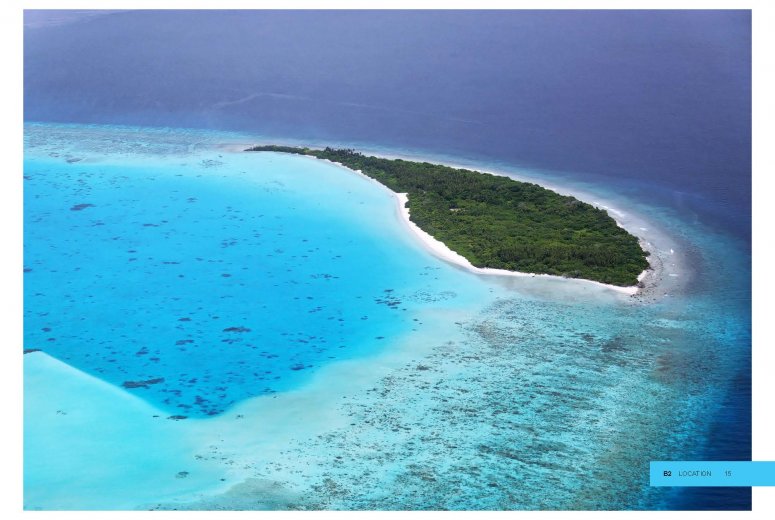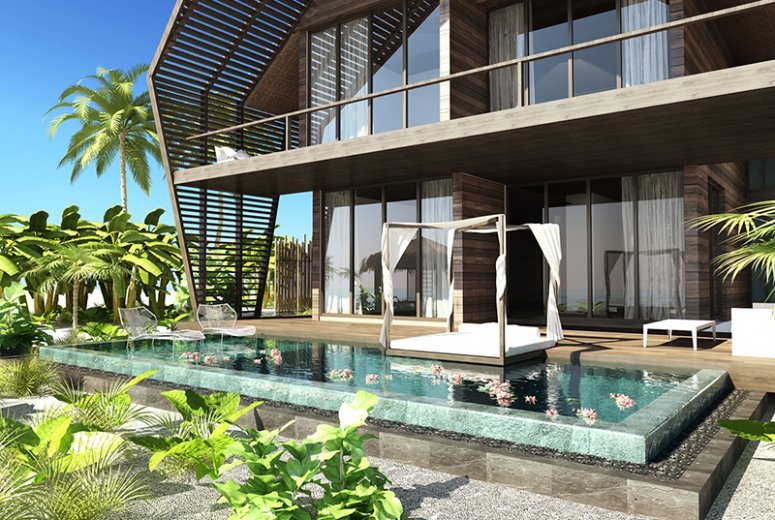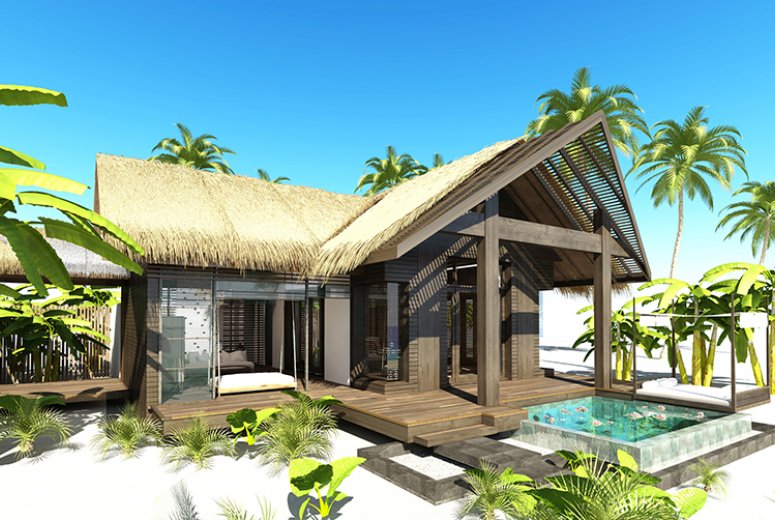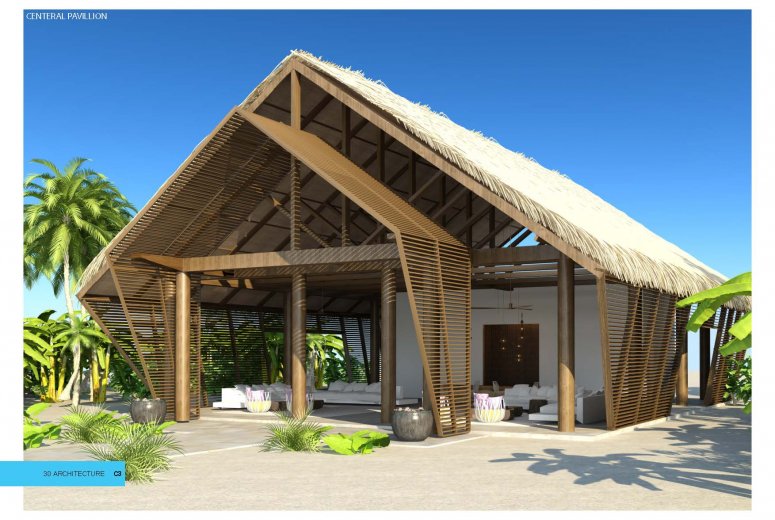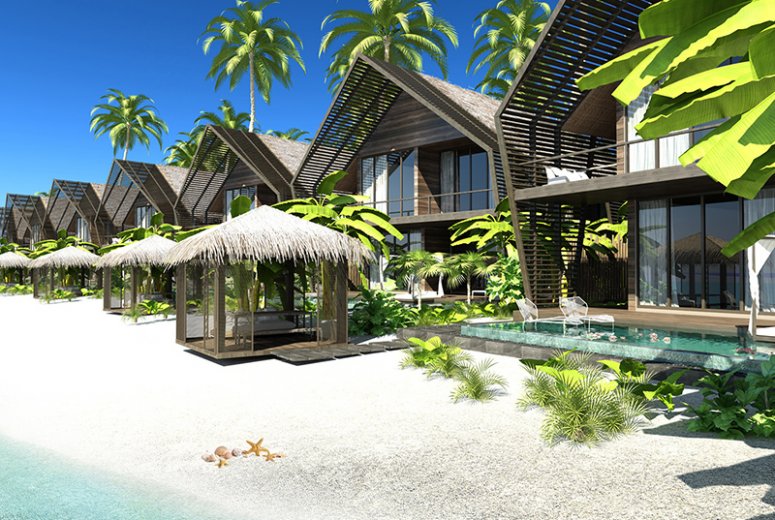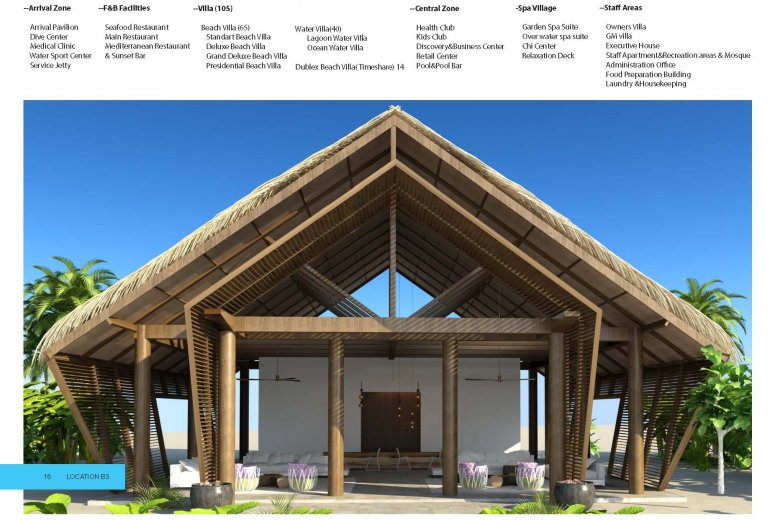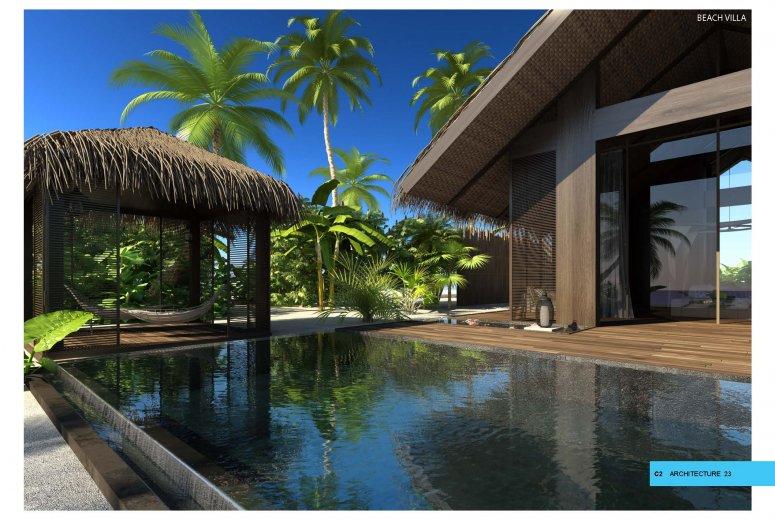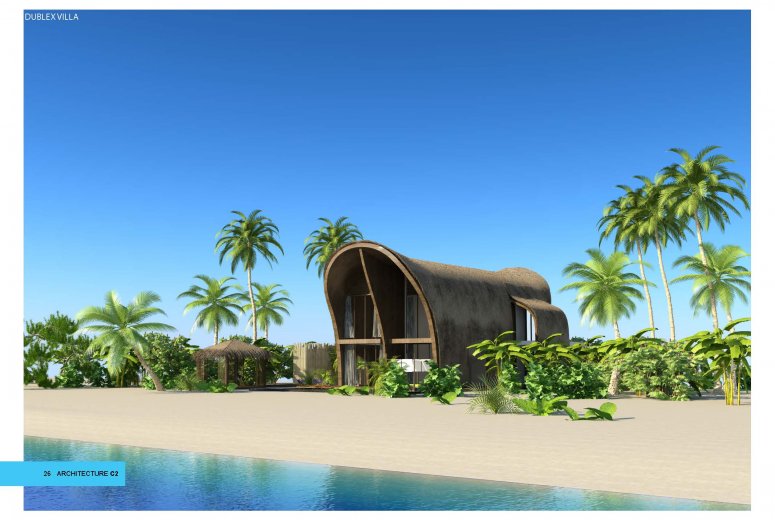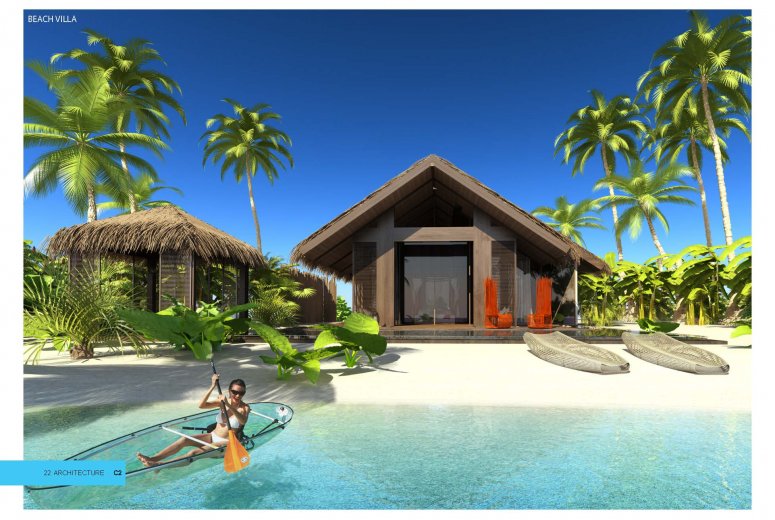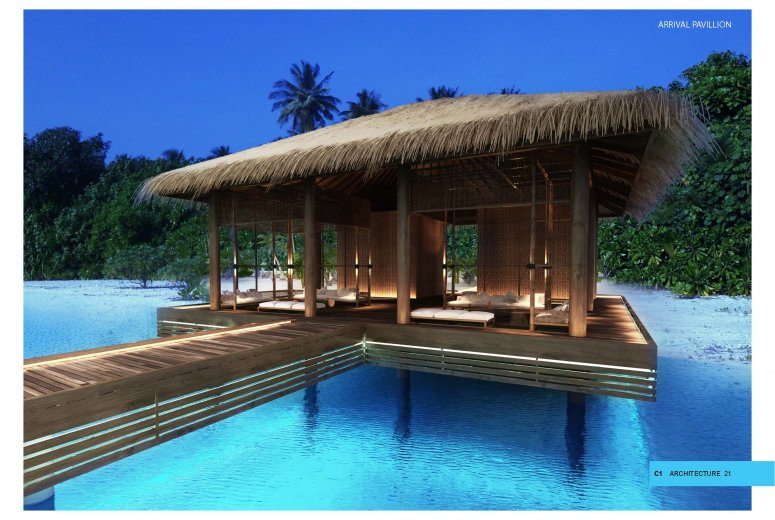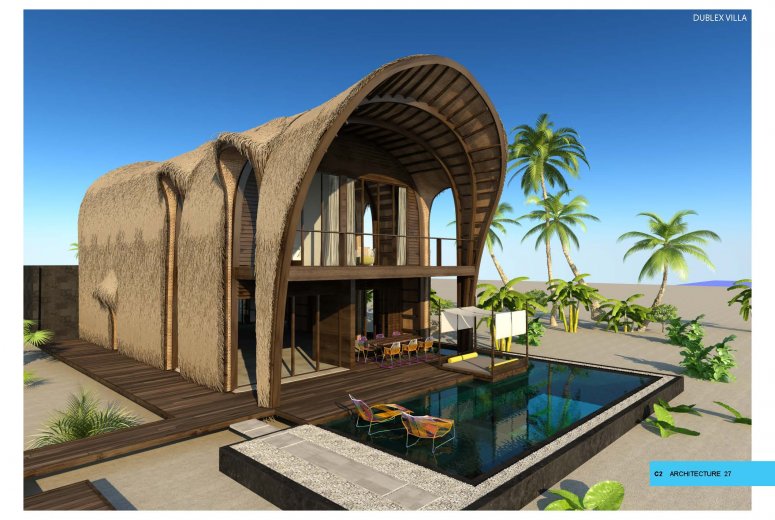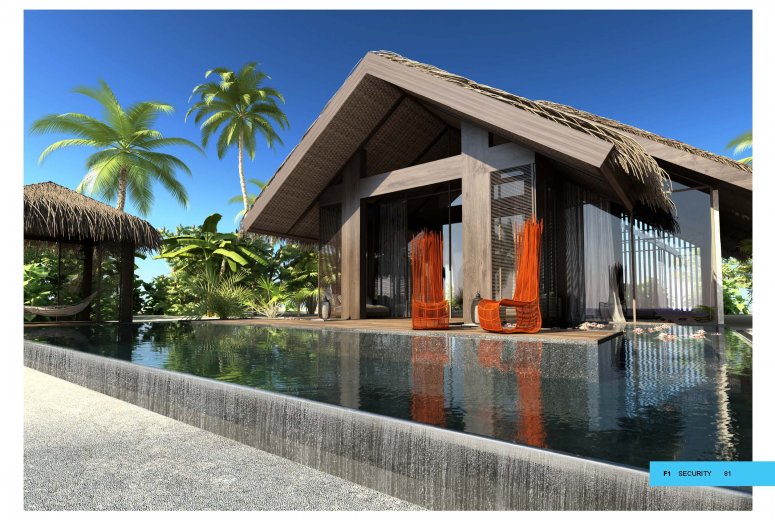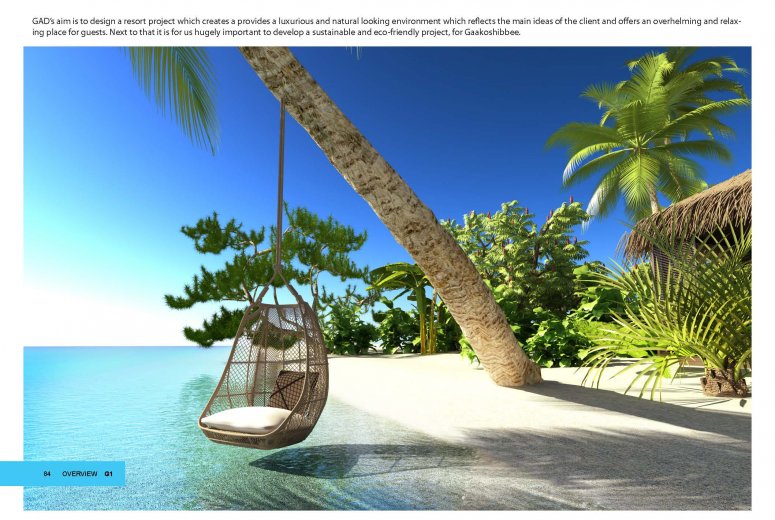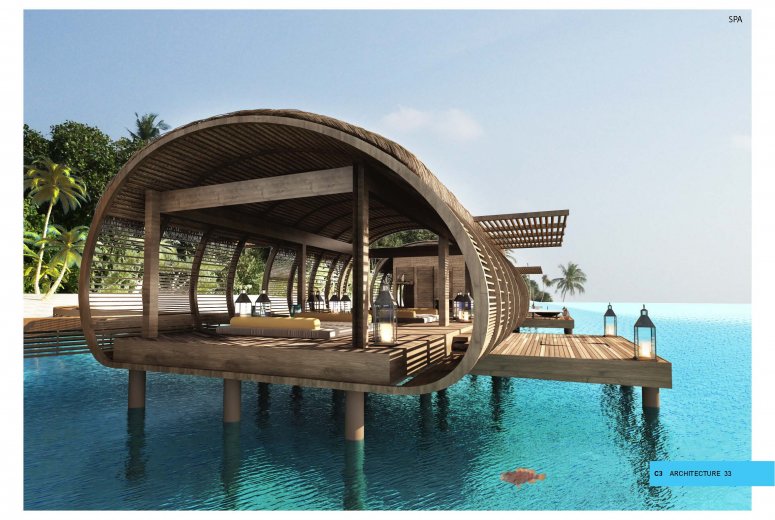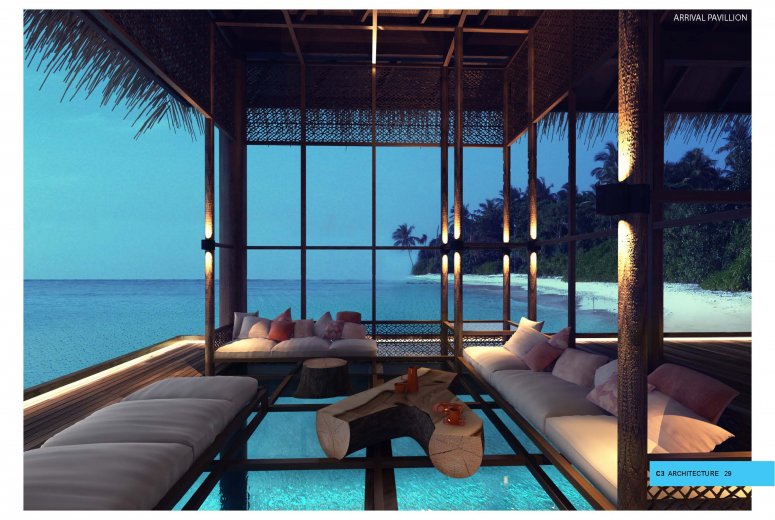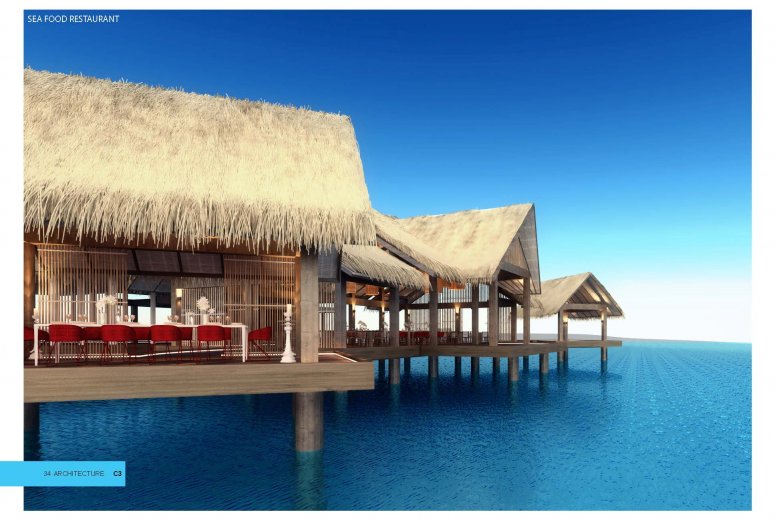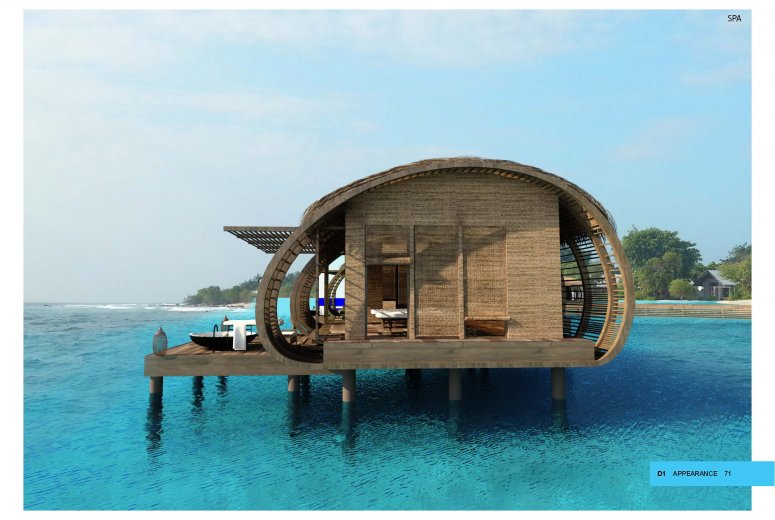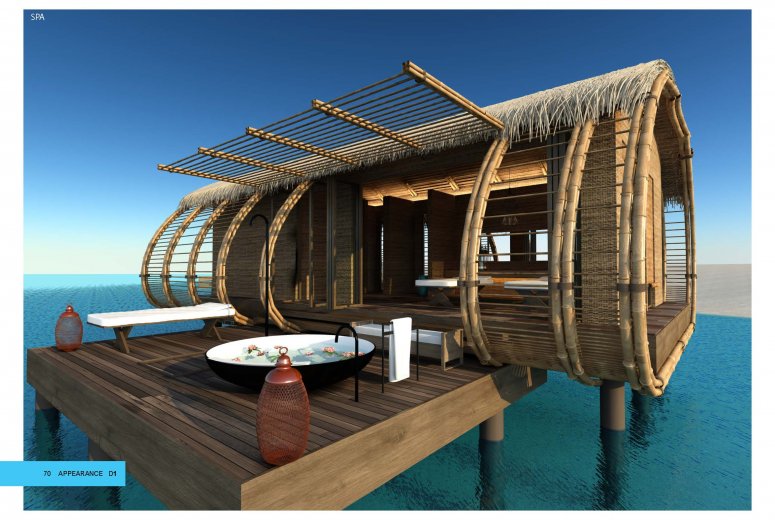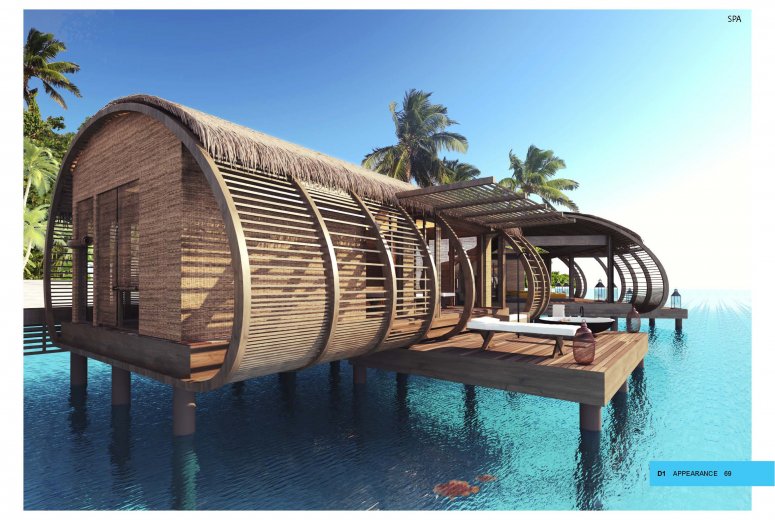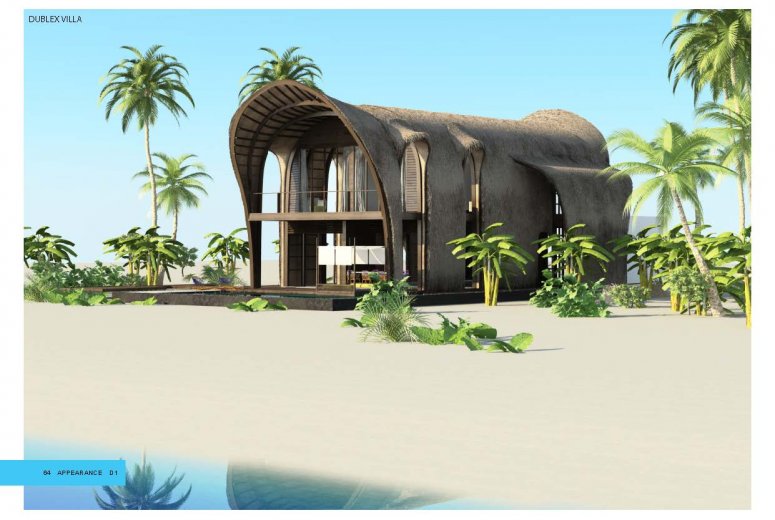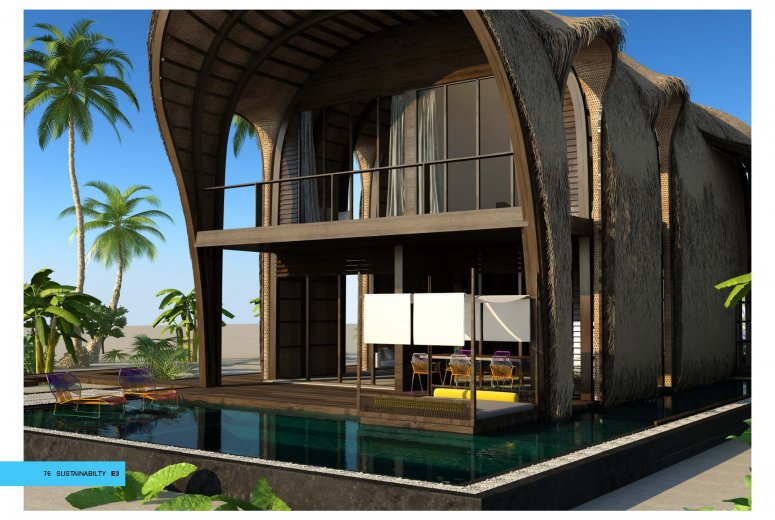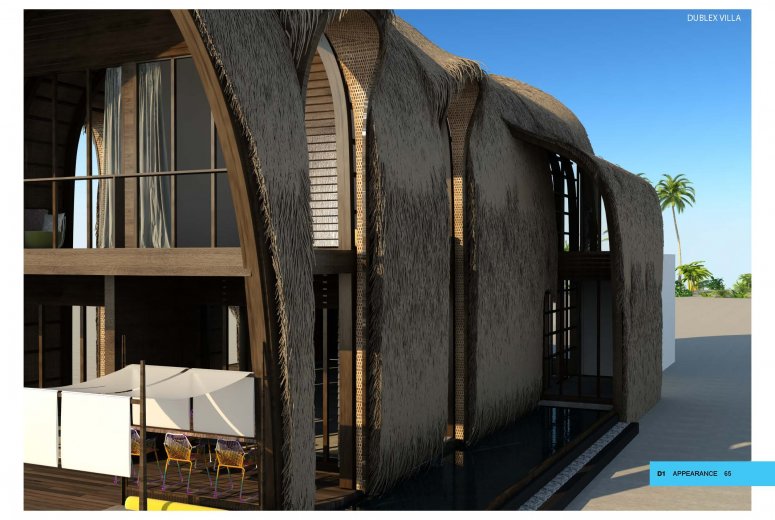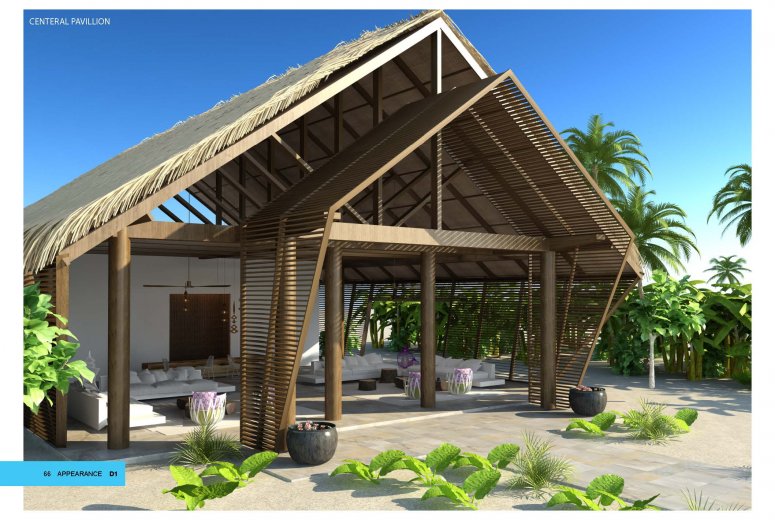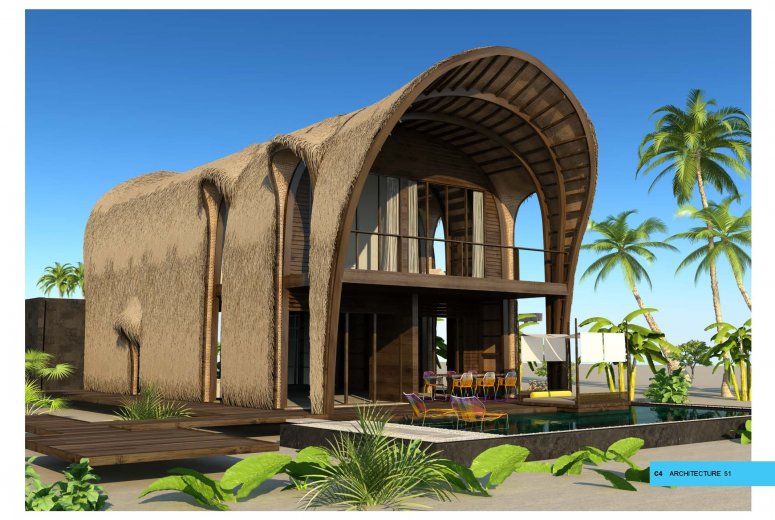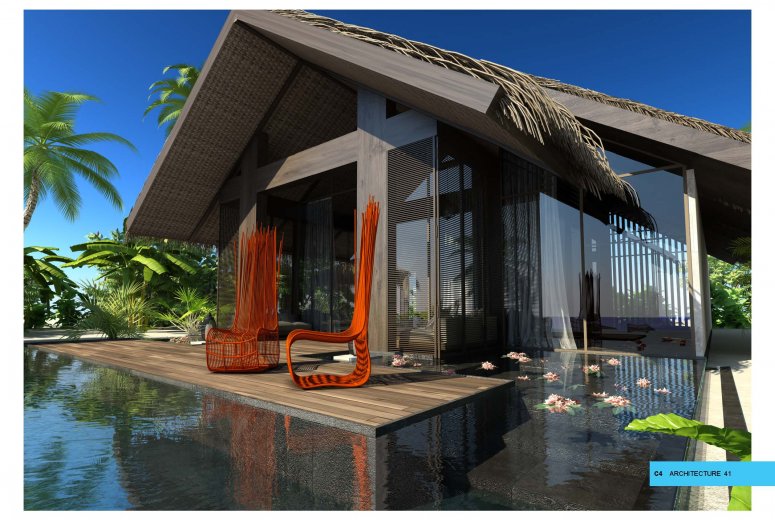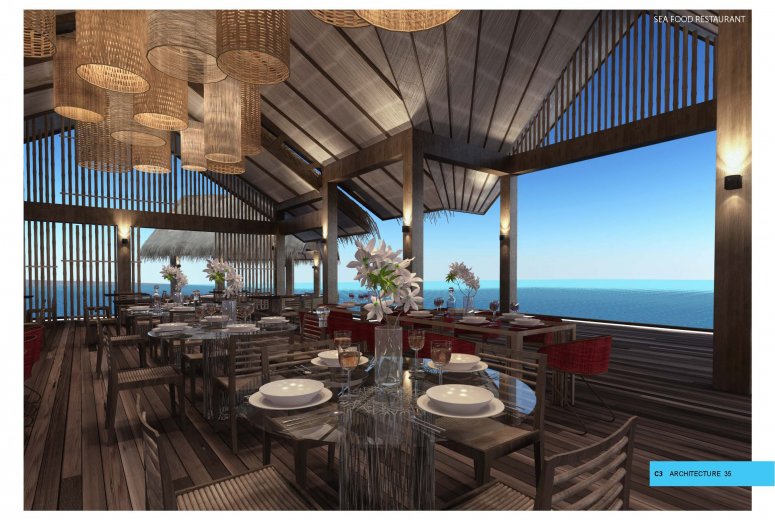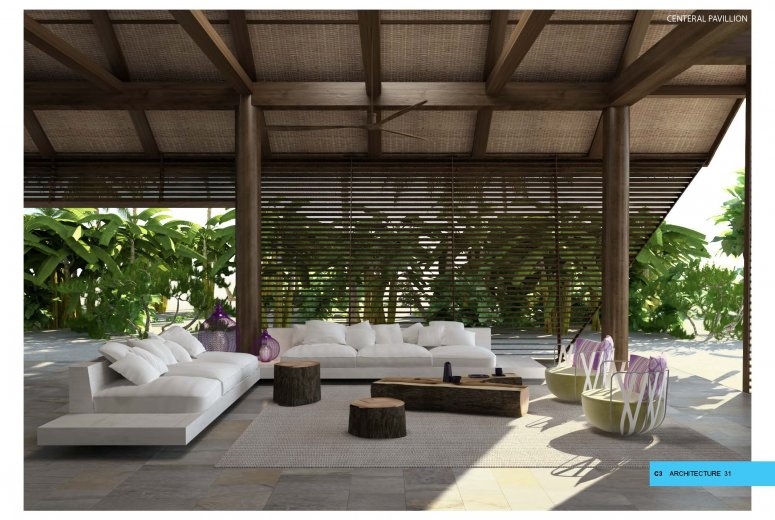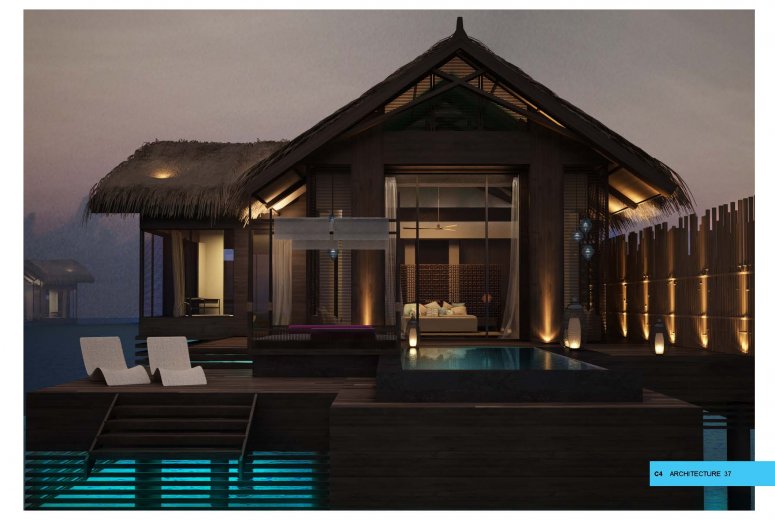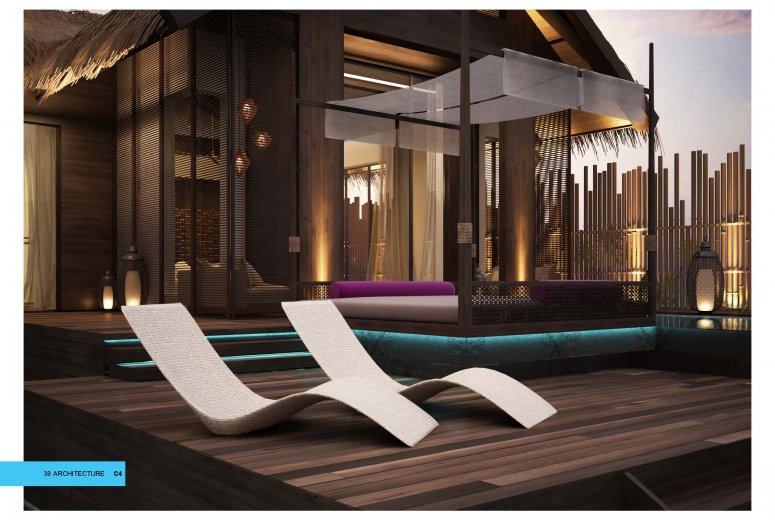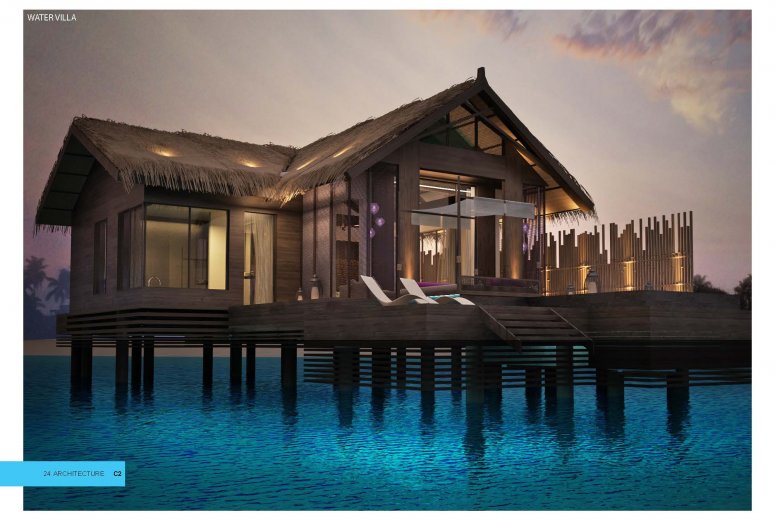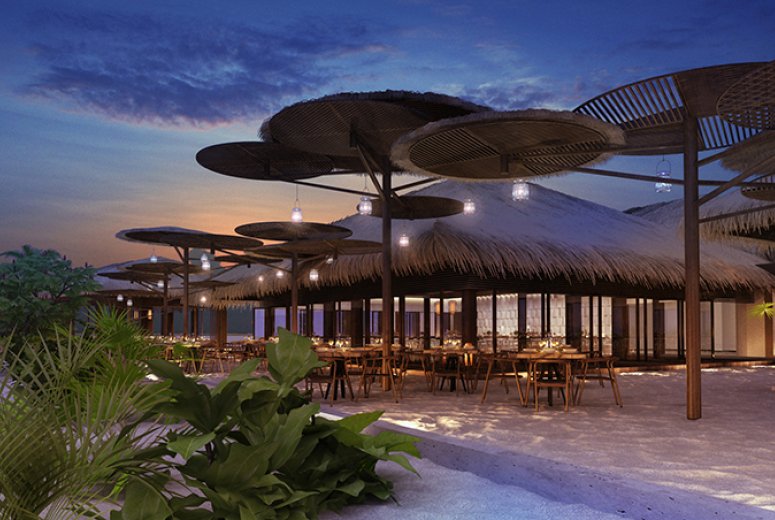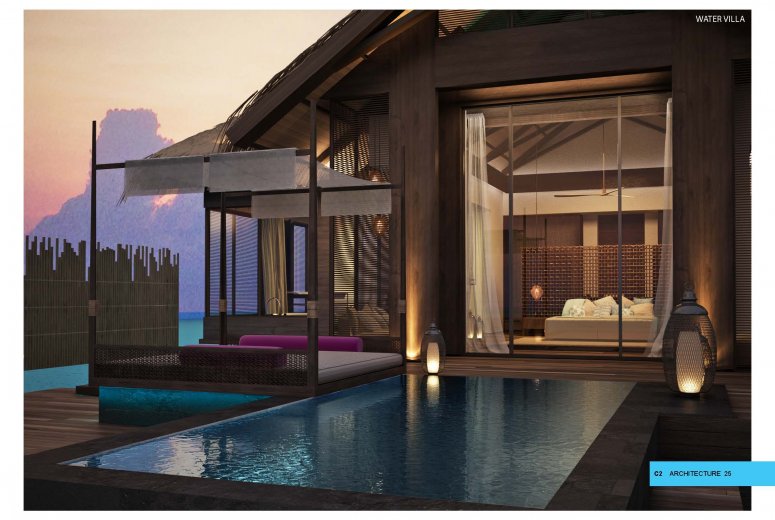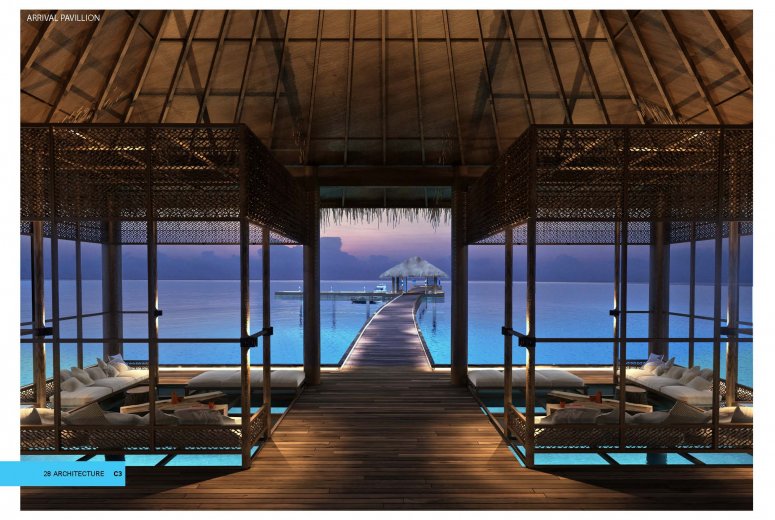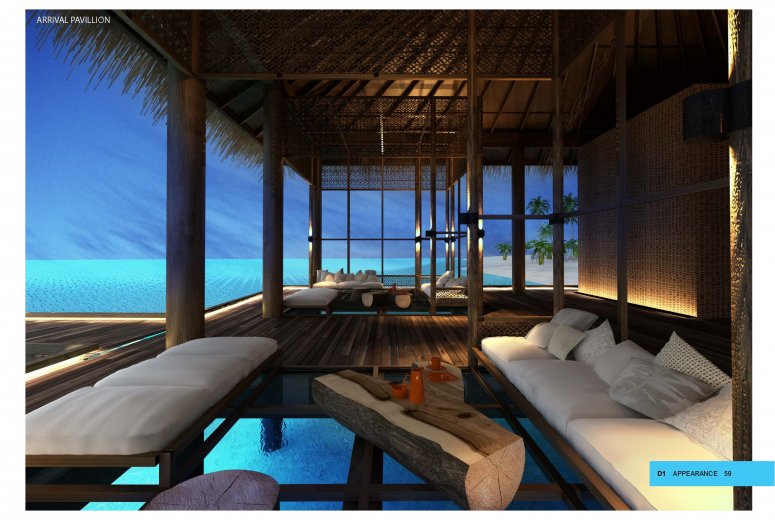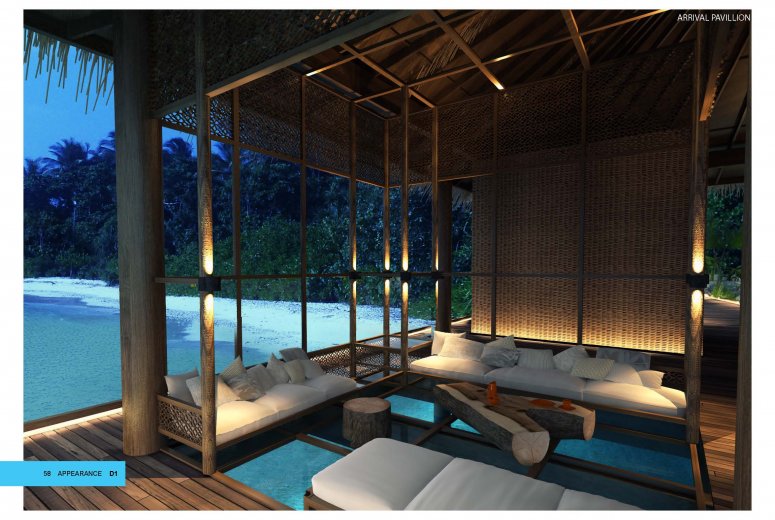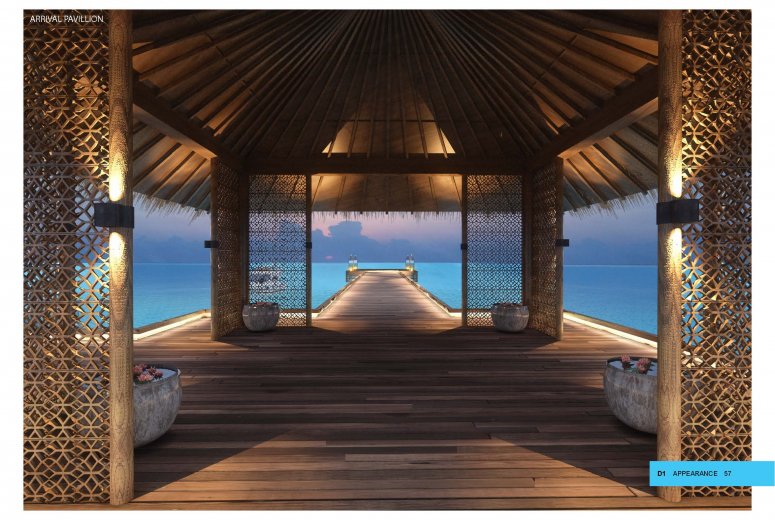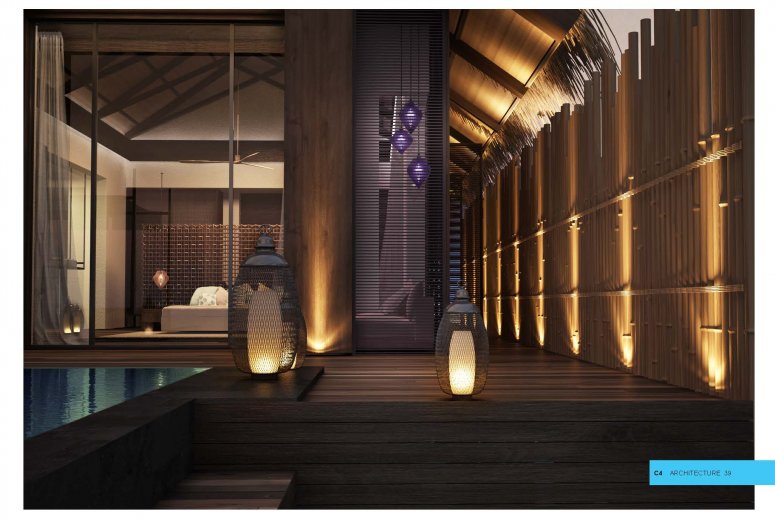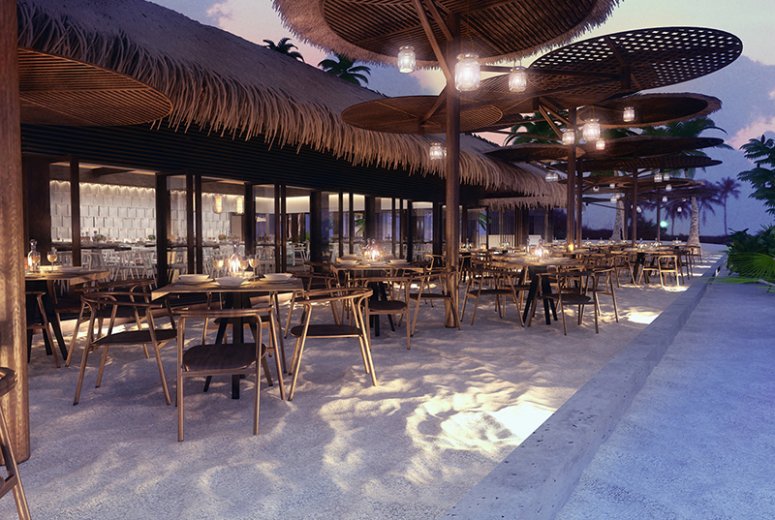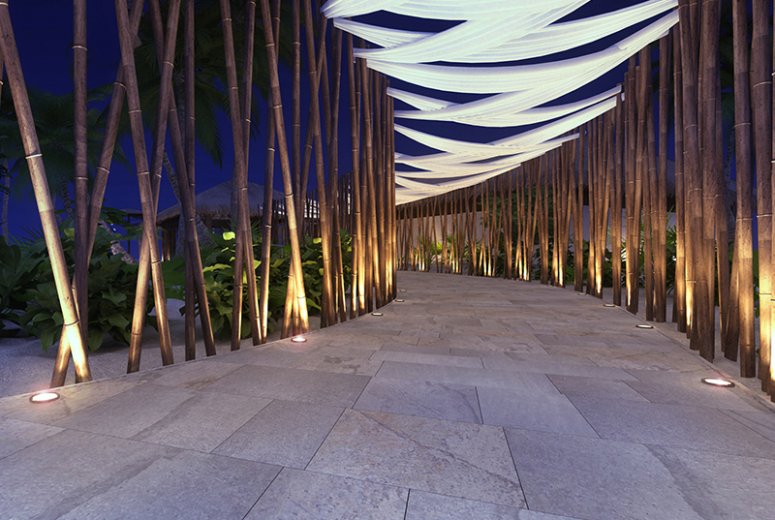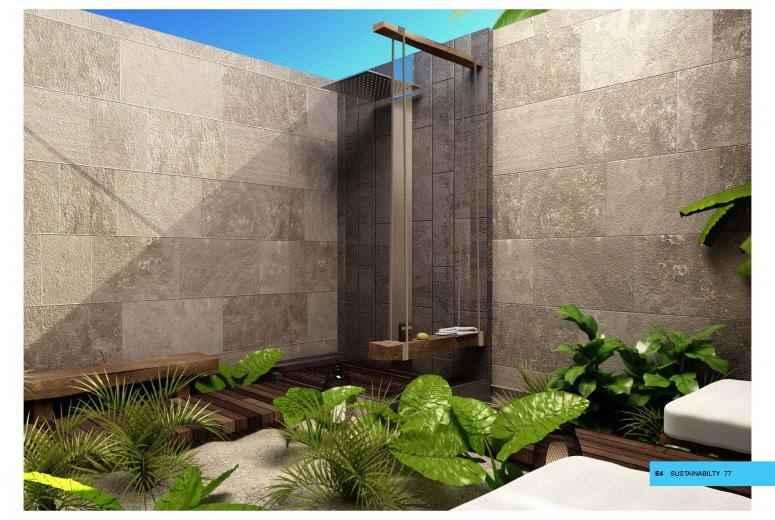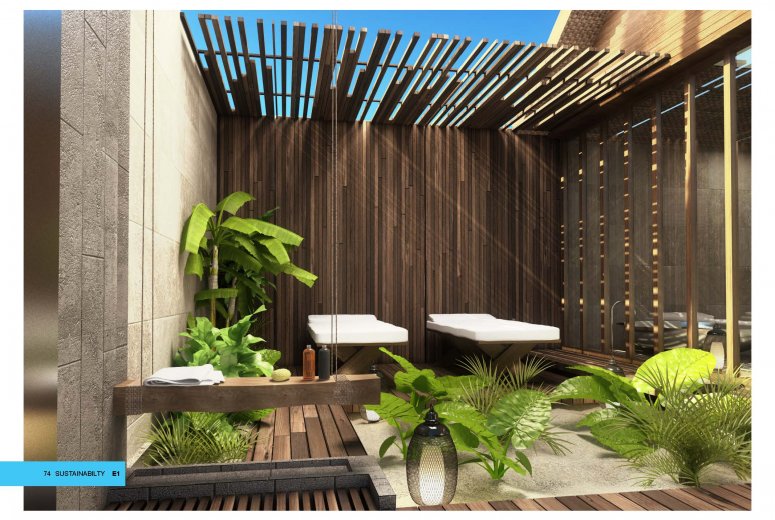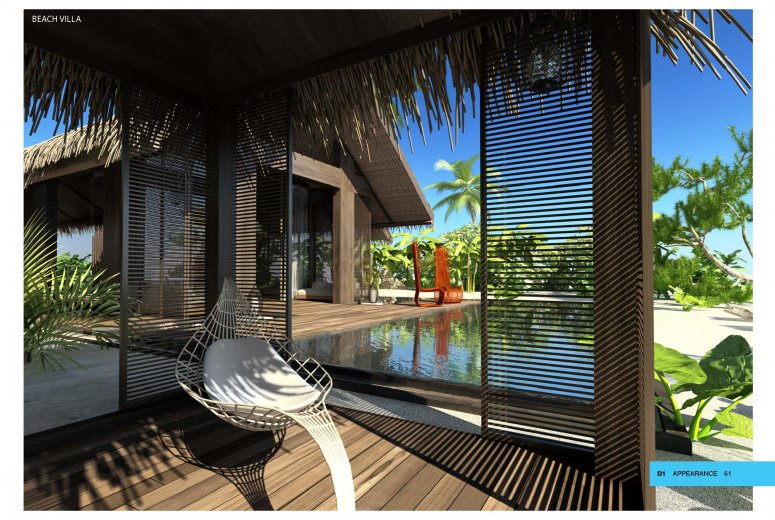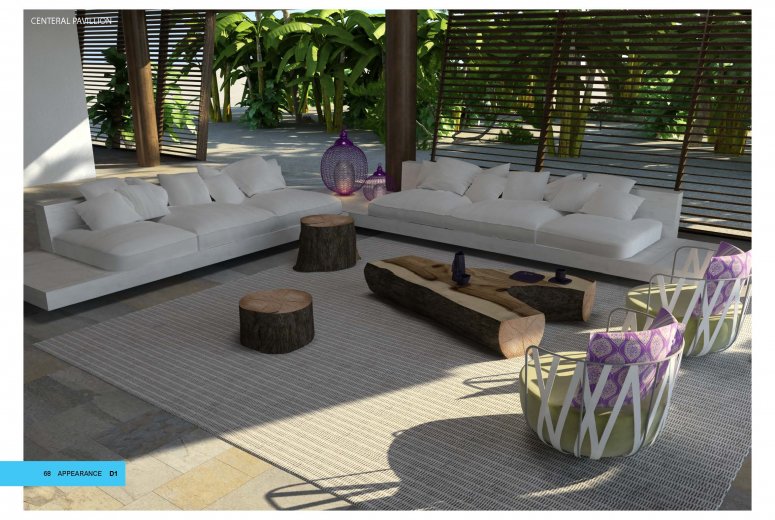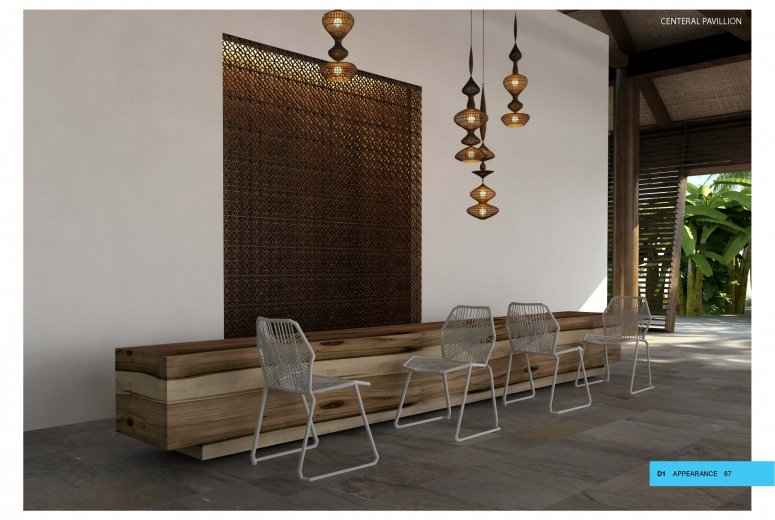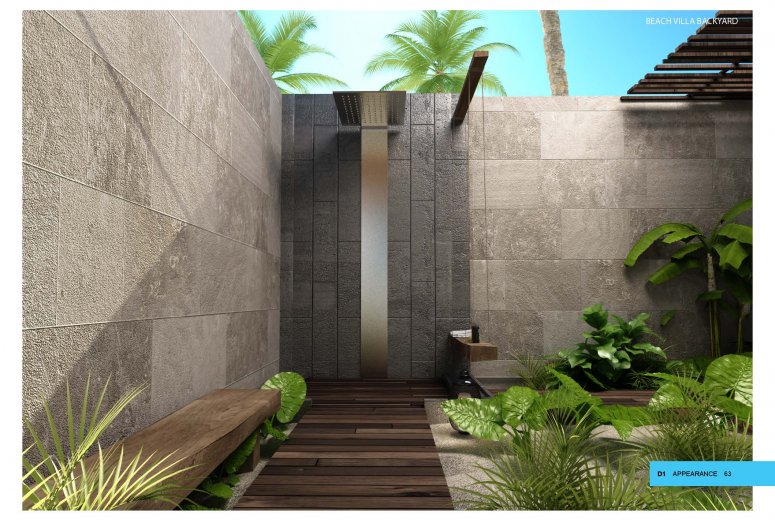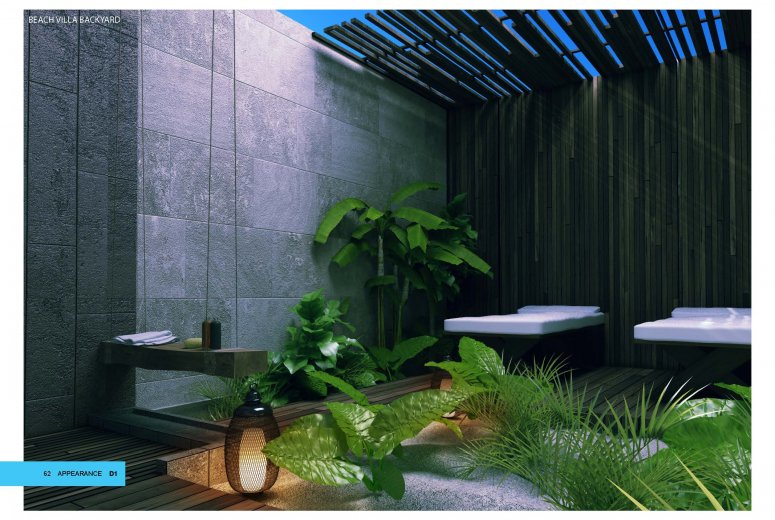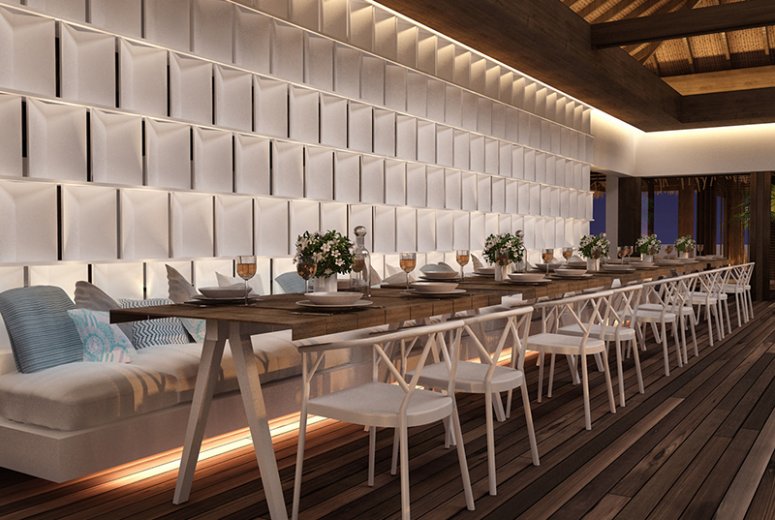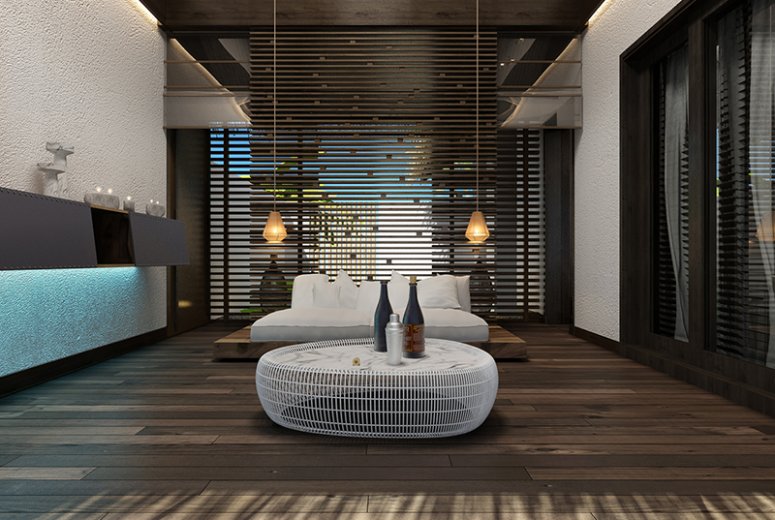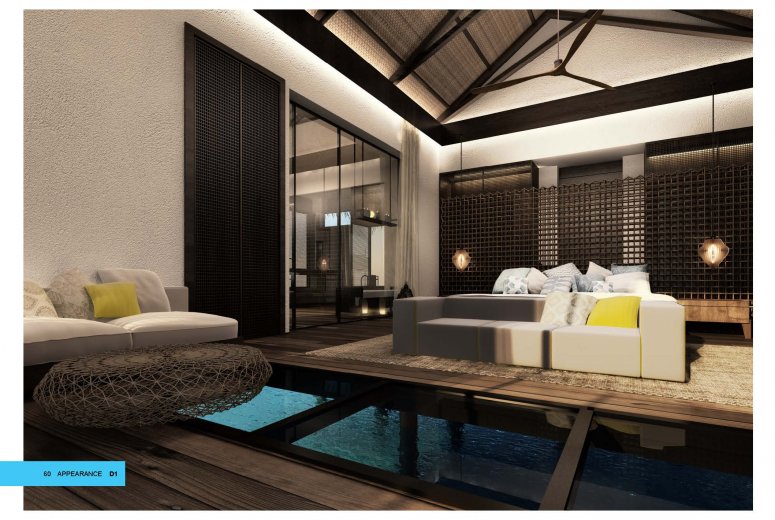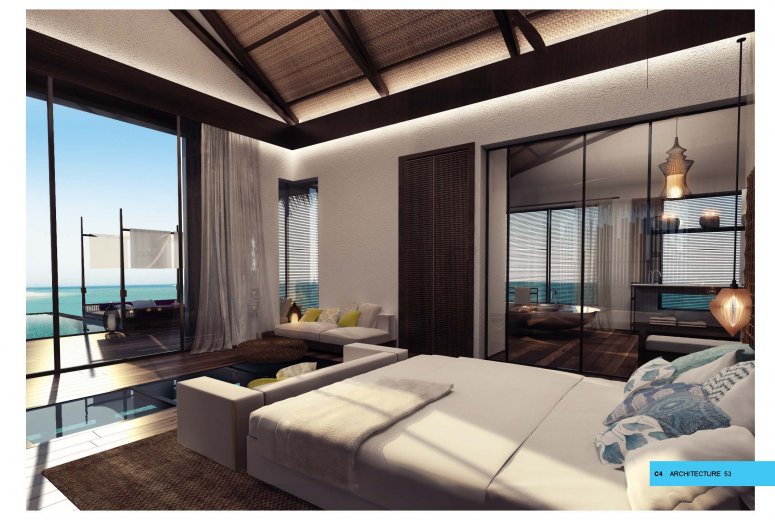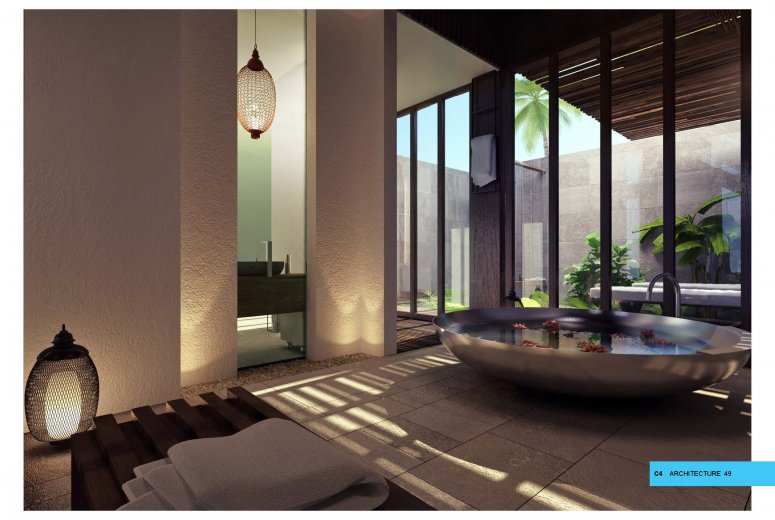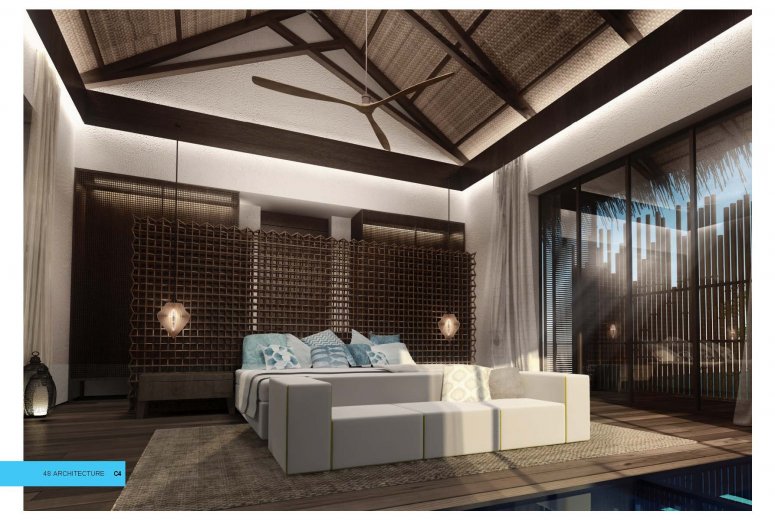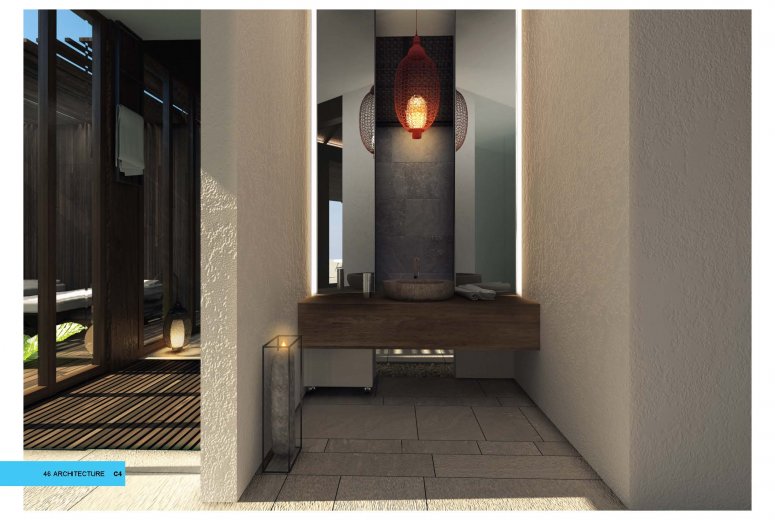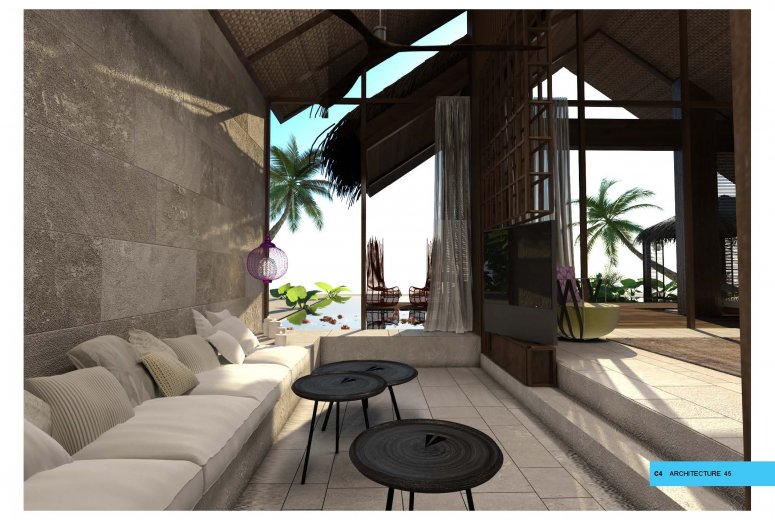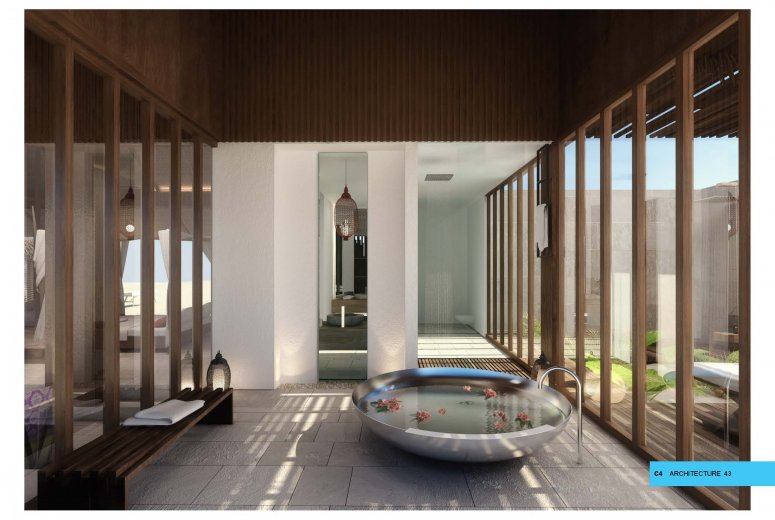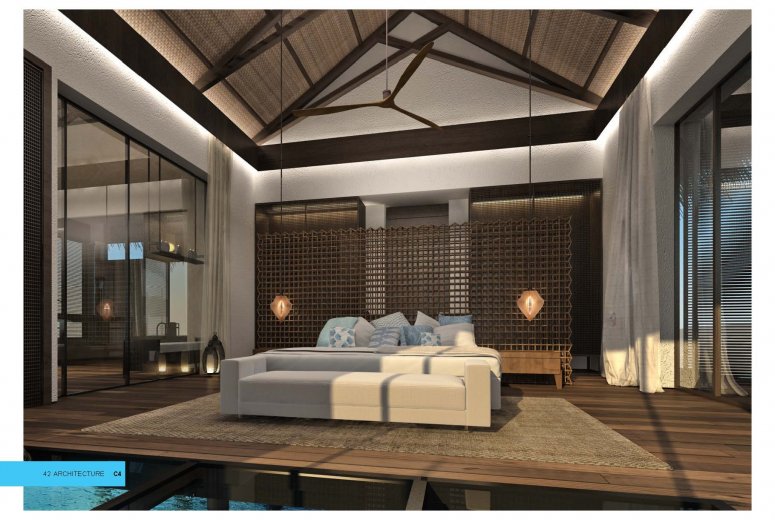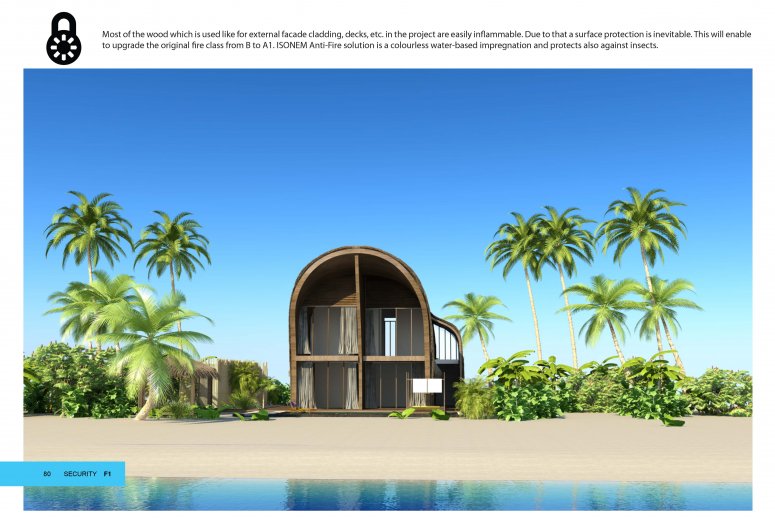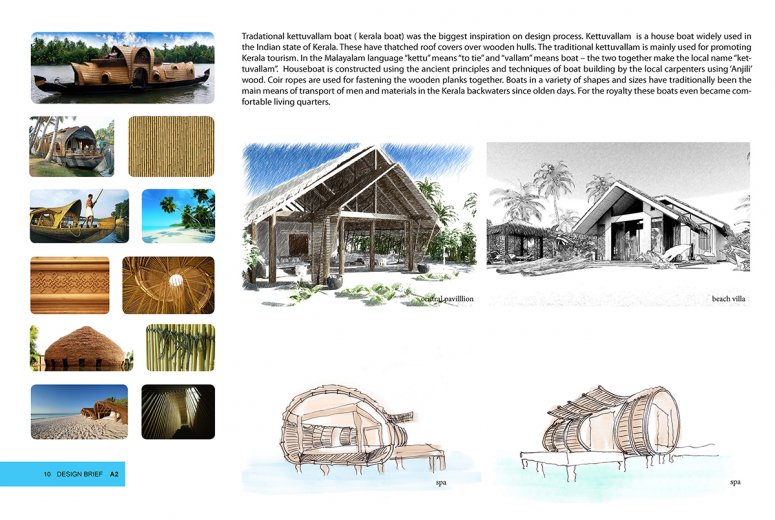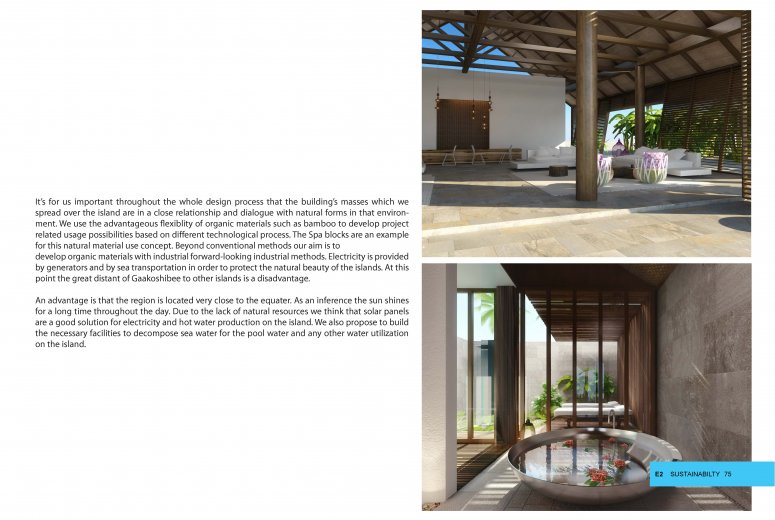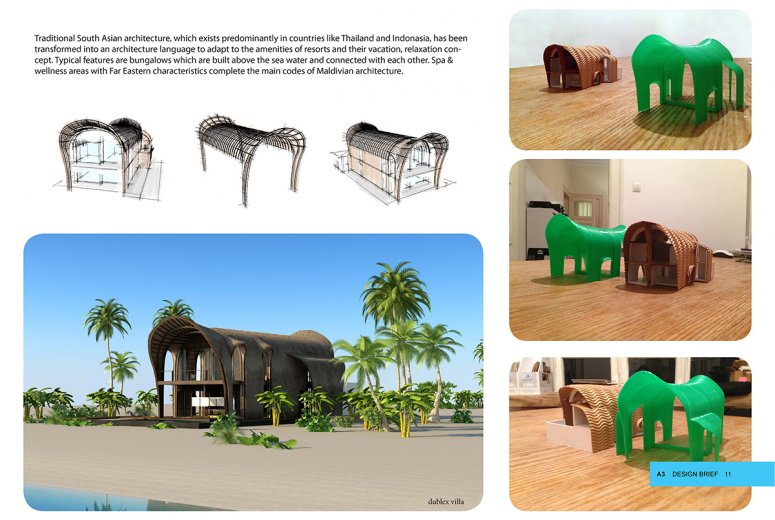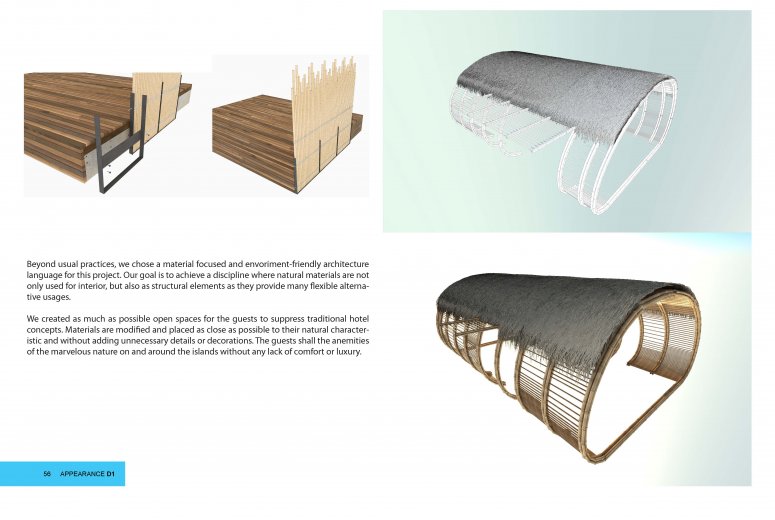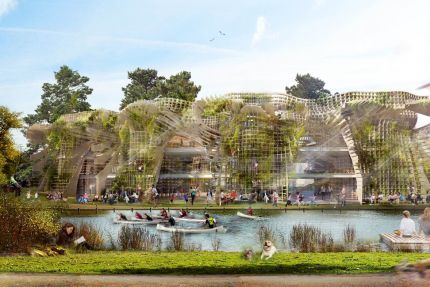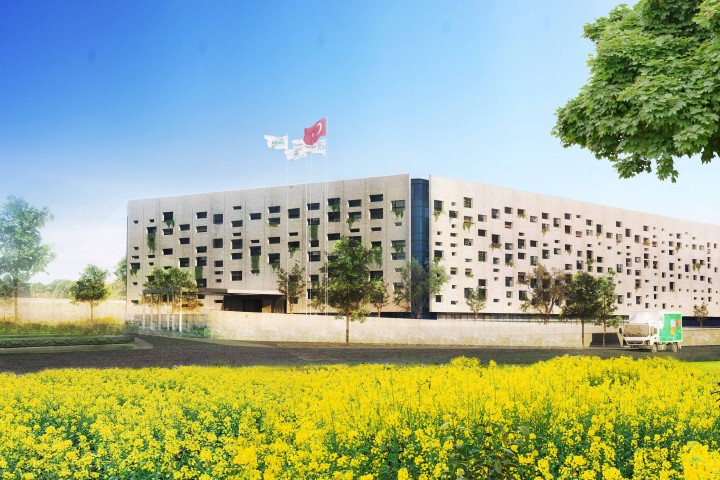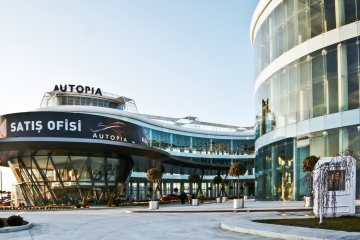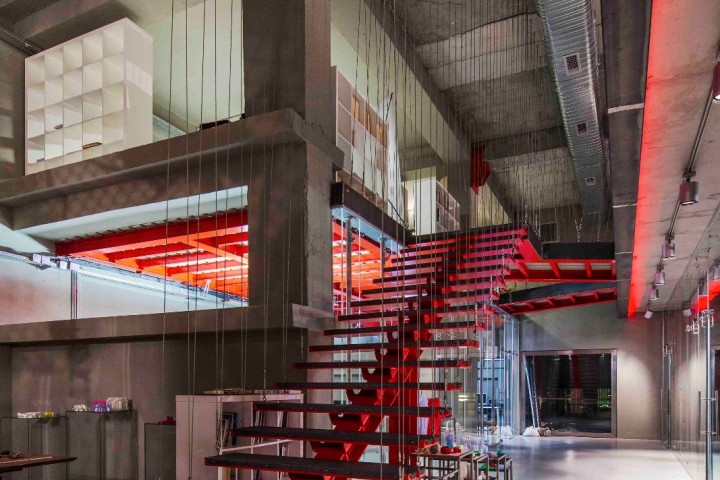Maldives GA(D)Akoshibee / Maldives
Architectural Project & Design:
Gokhan Avcioglu & GAD
Building Type:
Hotel, Interiors
Construction Area:
32000 m2
Project Site Area:
175000 m2
Year:
2013
Status:
Study
Awards:
2013 International Hotel Award, Best International Hotel Award for Maldives GA(D)AKOSHIBE
The Maldives are a group of islands located in the south Indian Pacific and are spread over an area of 300 sqkm and provide a tropical climate throughout the whole year.
GAD primarily considered the climatic conditions, and the islands' natural features, like colors, textures, light-shadow relationships and everyday life. Due to the geographical conditions of the islands, a traditional architecture style in form of solid constructions has not been developed in the Maldives for a long time. Increasing investments in the regions’s tourism by developing resort islands has truly initiated new architectural processes. We suggest a new approach which is more sustainable and contains nature friendly materials. Our main aim is to interpret the islands' natural beauty with a new architectural approach while protecting the islands' nature.
GAAKOSHIBEE (Kofenbe) is a large island over two miles in diameter, with a lagoon of a greatest depth of three fathoms. The lagoon is like a swimming pool with full of different variety of fishes. A large triangular island occupies the greater part of the eastern Maldives. The vegetation consists of low bushes, though on the eastern face there are a few clumps of large trees. The island is flanked by steep coarse coral shingle beaches. At low tide a great part of the sink is bare, the bottom being fine coral ooze. It is an exceedingly pretty sheet of water surrounded on all sides by clumps of large forest trees, with bays and bights reaching out from all faces.
The traditional kettuvallam boat was the biggest inspiration for the design process. Kettuvallam is a house boat widely used in the Indian state of Kerala. These have thatched roof covers over wooden hulls. The traditional kettuvallam is mainly used for promoting Kerala tourism. In the Malayalam language "kettu” means "to tie” and "vallam” means boat – the two together make the local name "kettuvallam”. The houseboat is constructed using the ancient principles and techniques of boat building by the local carpenters using ‘Anjili’ wood. Coir ropes are used for fastening the wooden planks together. Boats in a variety of shapes and sizes have traditionally been the main means of transport of men and materials in the Kerala backwaters since olden days. For royalty, these boats even became comfortable living quarters. Traditional South Asian architecture has been transformed into an architecture language to adapt to the amenities of resorts and their vacation, relaxation concept. Typical features are bungalows which are built above the sea water and connected with each other. Spa and wellness areas with Far Eastern characteristics complete the main codes of Maldivian architecture.
We chose an architectural language focused on materials and the environment. Our goal was to achieve a discipline where natural materials were not only used for interior, but also as structural elements. We created as much as possible open spaces. Materials are modified and placed as close as possible to their natural characteristic without adding unnecessary details or decoration. The guests shall enjoy the anemities of the marvelous nature on and around the islands without any lack of comfort or luxury.
It’s for us important throughout the whole design process that the buildings' masses which we spread over the island are in a close relationship and dialogue with the natural forms in that environment. We use the advantageous flexiblity of organic materials such as bamboo to develop project related usage possibilities based on different technological processes. The Spa blocks are an example for this natural material use concept. Beyond conventional methods our aim is to develop organic materials with forward-looking industrial methods. Electricity is provided by generators and by sea transportation in order to protect the natural beauty of the islands.
An advantage is that the region is located very close to the equater. Where the sun shines for a long time throughout the day. Due to the lack of natural resources we think that solar panels are a good solution for electricity and hot water production on the island. We also propose to build the necessary facilities to treat sea water for the pool water and any other water utilization on the island.
